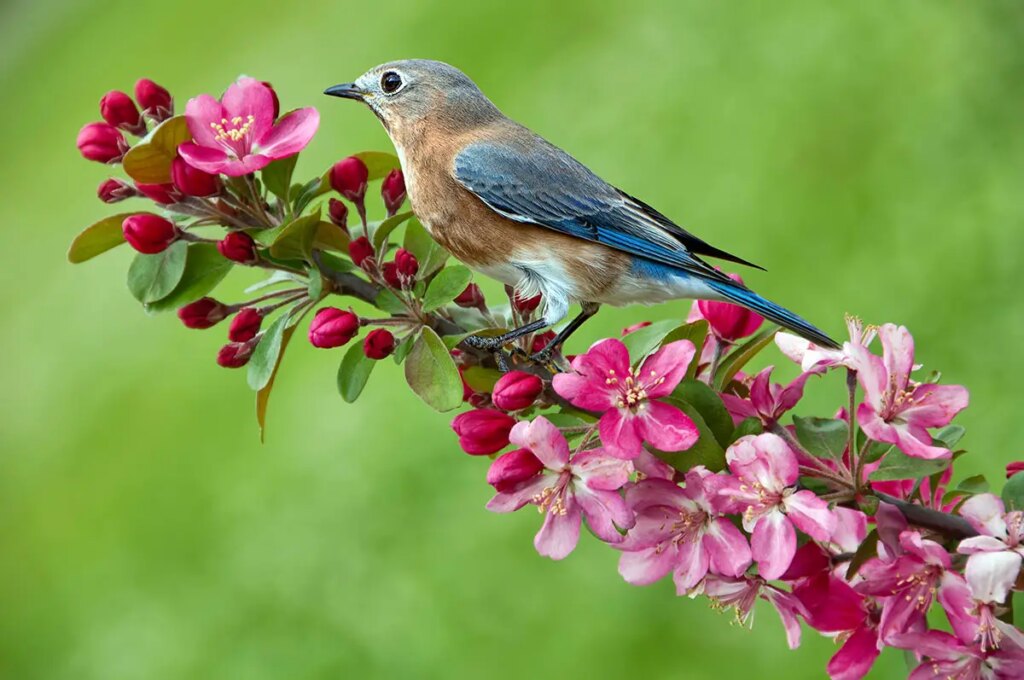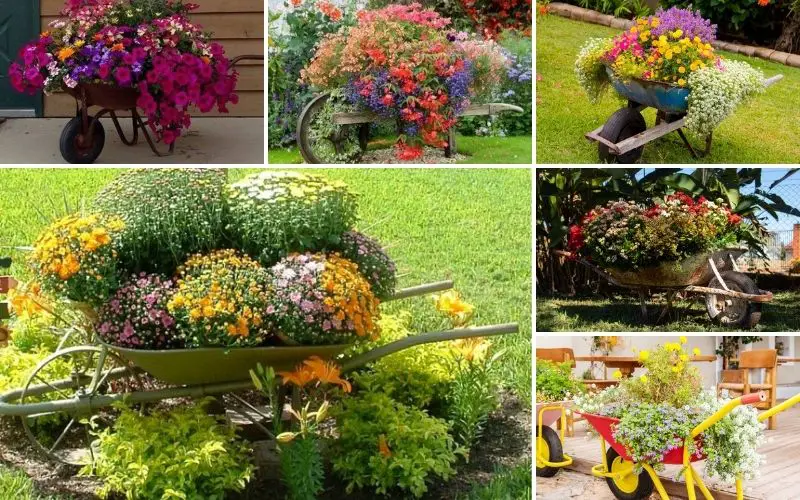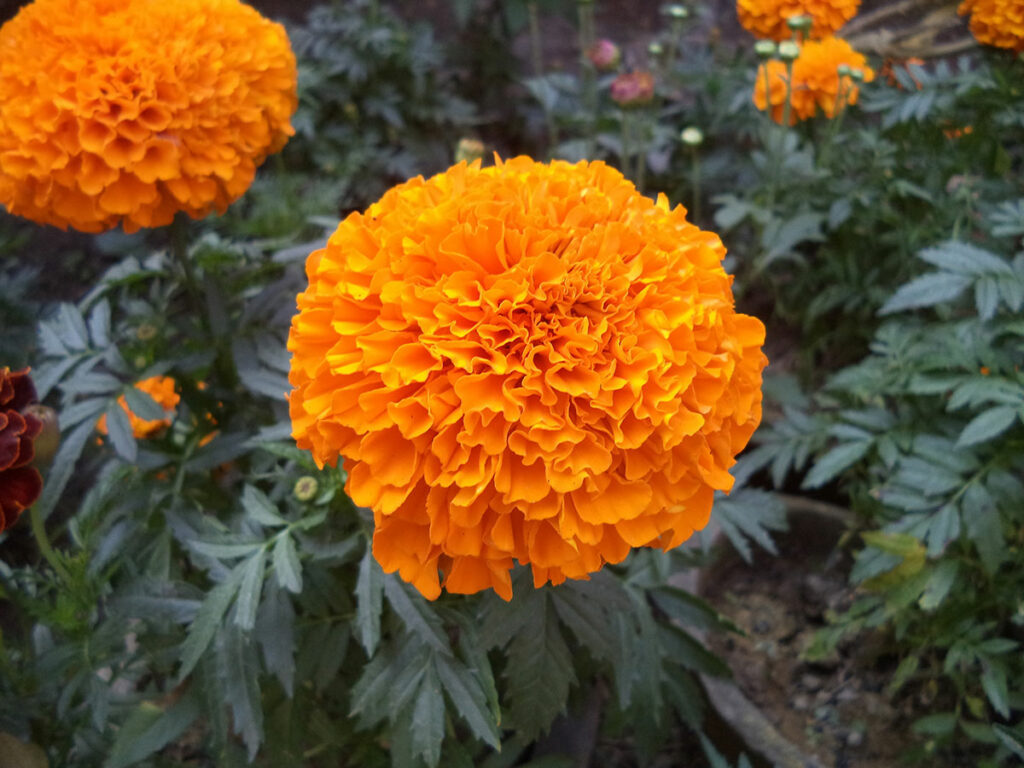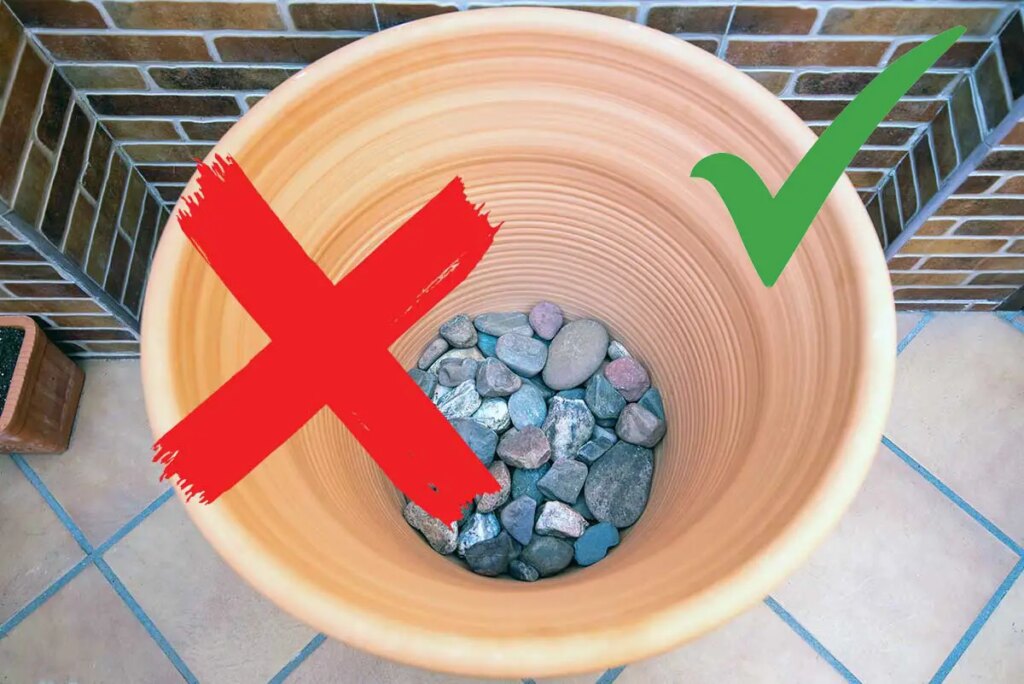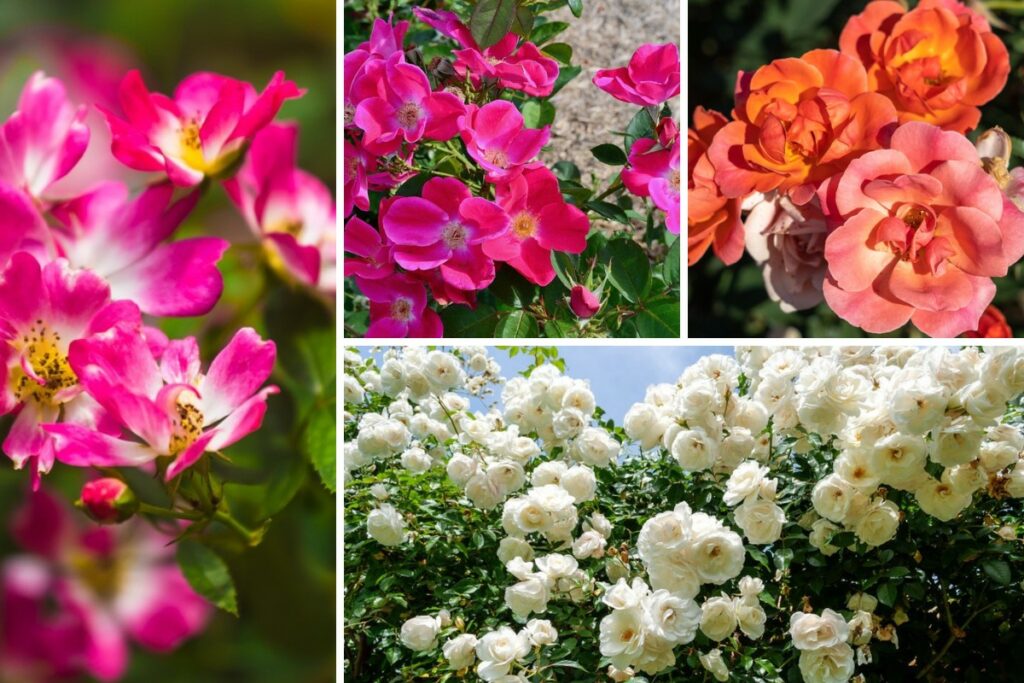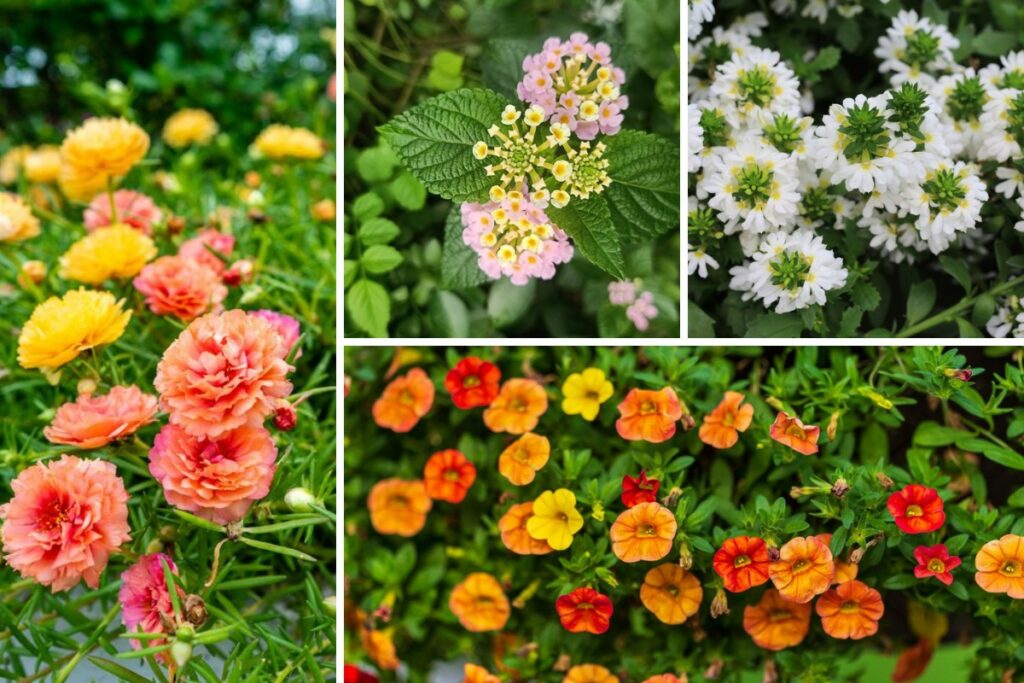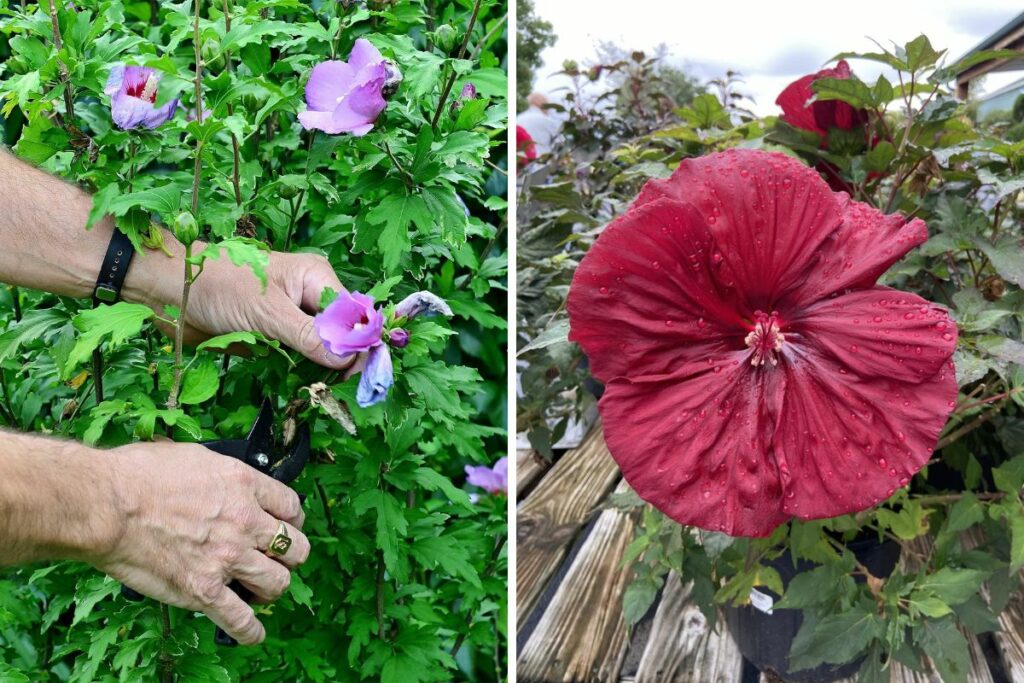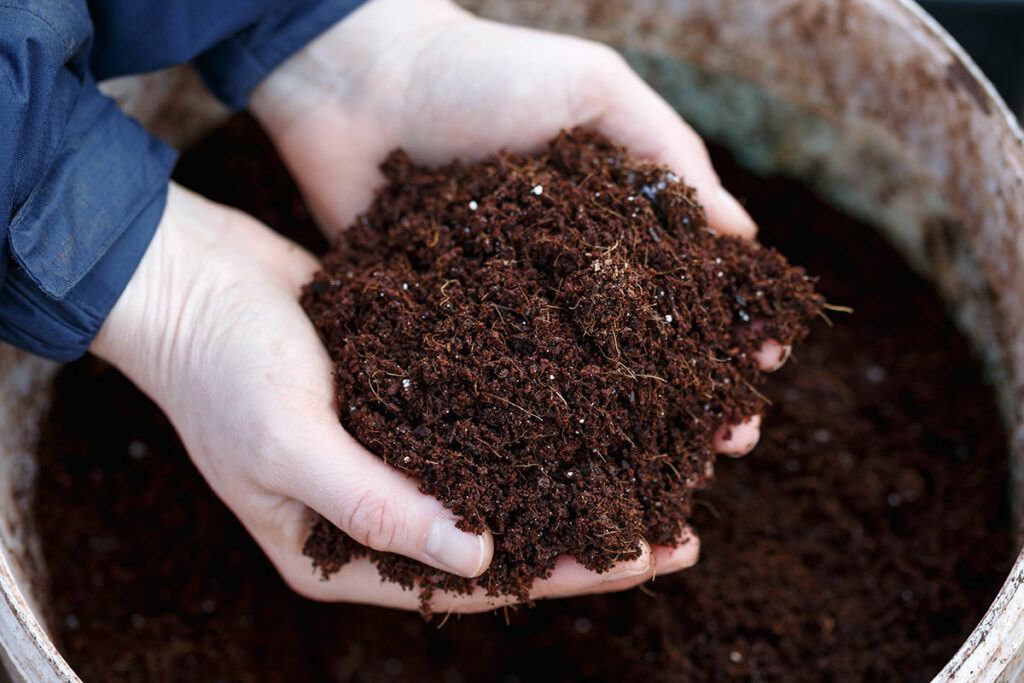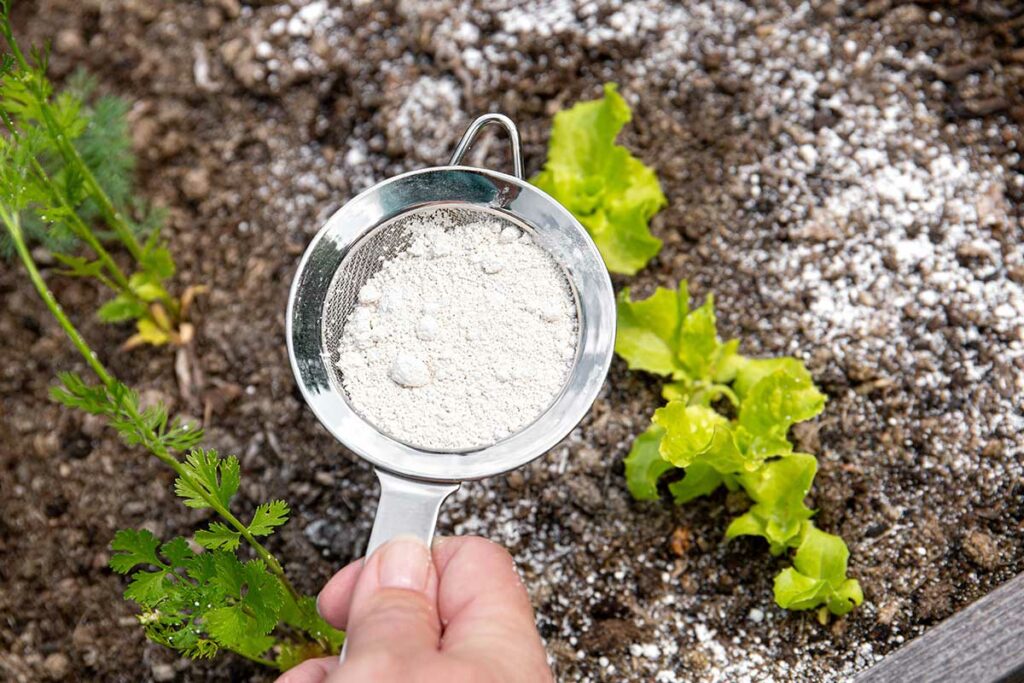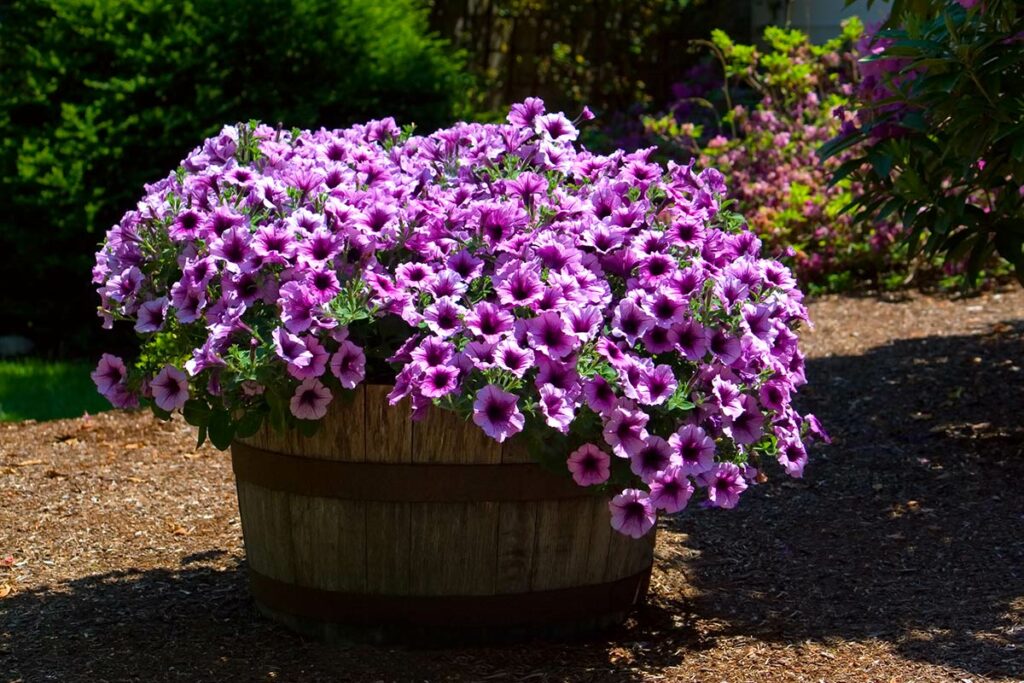
Petunias are a popular flower choice for many gardeners, thanks to their stunning blooms and versatility. However, to keep petunias flourishing all summer long, it’s essential to provide them with the proper fertilization regimen. By understanding your petunias’ specific needs and how to meet them, you can enjoy a garden filled with bright, colorful blossoms throughout the entire season.
Different petunia varieties may have unique fertilization requirements due to their growth habits and bloom patterns. Knowing when and how to fertilize your petunias will not only improve their overall health but also result in an abundance of flowers. Choosing the right fertilizer and applying it correctly is critical to your petunias’ success, and following our tips can help ensure a thriving garden.
Key Takeaways
- Proper fertilization is essential to keep petunias blooming all summer long
- Be aware of specific fertilization needs for different petunia varieties
- Choose the right fertilizer and apply it correctly to promote a healthy garden
Types of Petunias and Their Fertilization Needs
Petunias are popular flowering plants that come in various forms and colors. To get them to bloom all summer, it’s essential to understand the different types and their specific fertilization needs.
Grandiflora Petunias
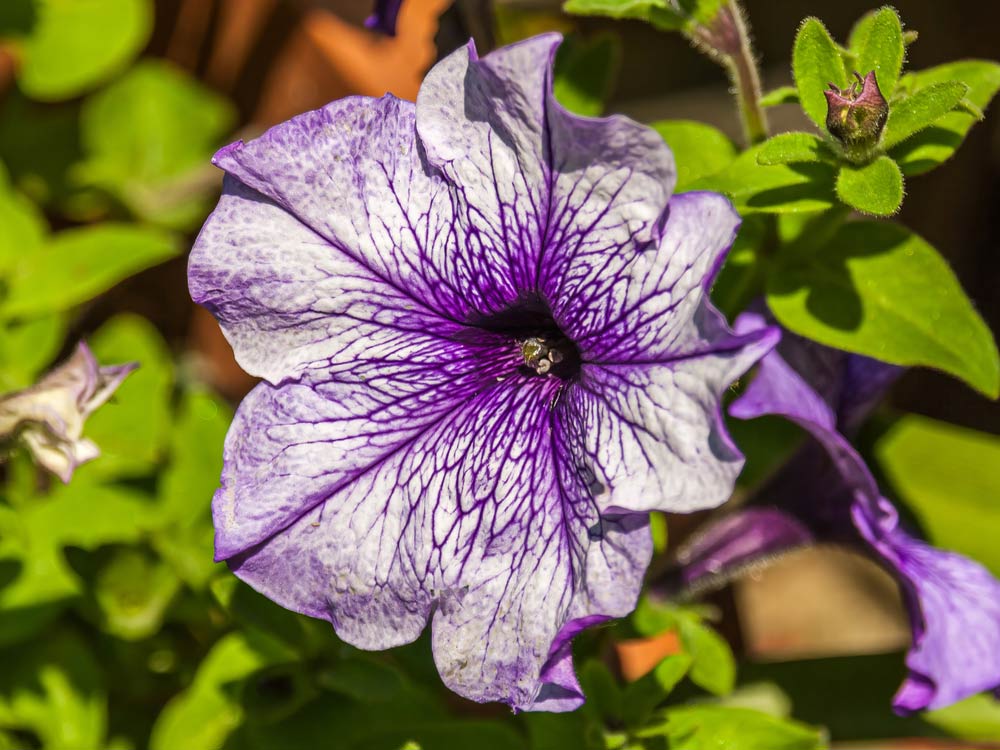
These petunias are known for their large, showy flowers that can reach up to 5 inches in diameter. They require well-draining soil and consistent moisture. To promote continuous blooms, fertilize them every two weeks with a water-soluble, balanced fertilizer, such as a 10-10-10 formula. Dilute the fertilizer to half-strength for the best results.
Multiflora Petunias
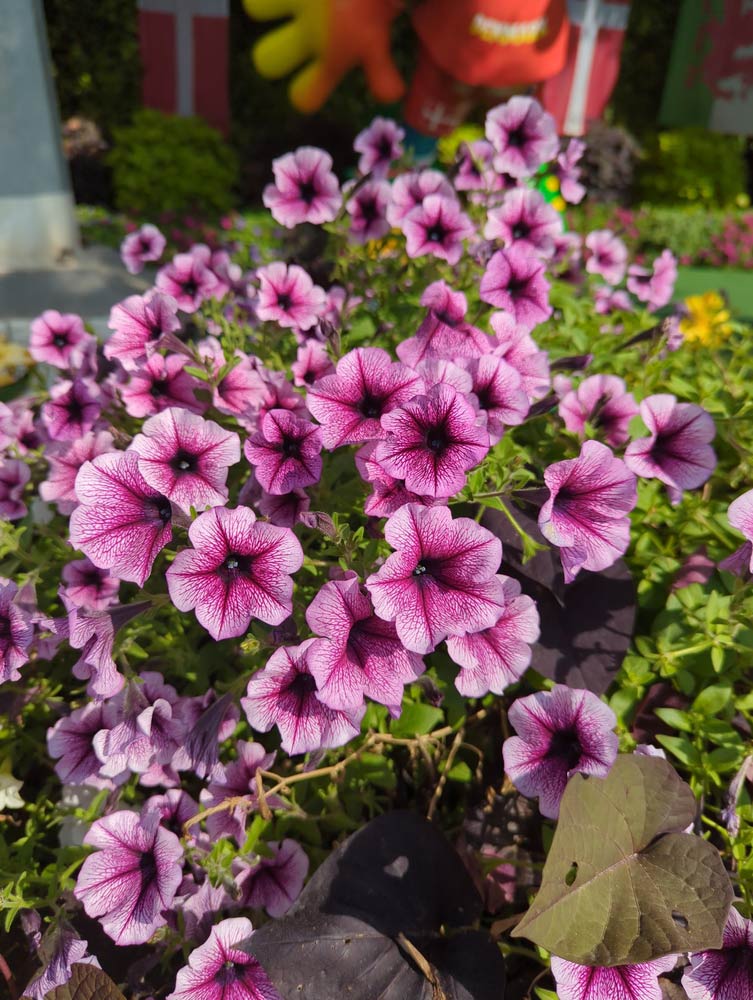
Multiflora petunias are more compact and have smaller flowers compared to grandifloras. They are known for their abundant blooms, making them a favorite for container gardens and mass plantings. For multiflora petunias, a slow-release, granular fertilizer with a high phosphorus content is recommended. Apply the fertilizer at planting time and then every 4-6 weeks throughout the growing season.
Wave Petunias
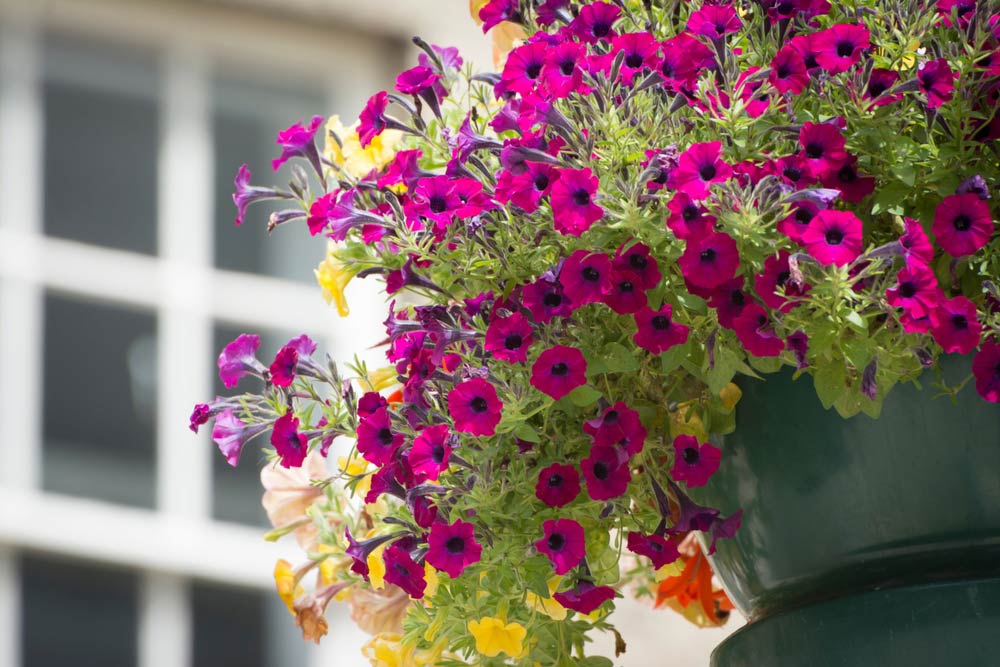
Wave petunias are a type of spreading petunia with a trailing growth habit, making them perfect for hanging baskets and ground covers. They require a slightly different fertilizing regimen than the other petunia types. Use a balanced, water-soluble fertilizer with equal proportions of nitrogen, phosphorus, and potassium (such as 20-20-20). Apply it weekly at quarter-strength to encourage bountiful blooms without creating excessive foliage growth.
By understanding the different types of petunias and their fertilization needs, gardeners can tailor their plant care to promote continuous, vibrant blooms all summer long.
Best Time to Fertilize Petunias
Petunias are popular flowering plants known for their vibrant colors and ability to thrive in various conditions. These beauties can bloom all summer long with the proper care and fertilization. In this section, we’ll discuss the best time to fertilize petunias and how to maintain their blooms throughout the growing season.
Initial Planting
The right time to fertilize petunias starts during their initial planting. Before planting, mix in a slow-release fertilizer with the soil, creating a well-balanced growing environment. It is important to follow the manufacturer’s instructions for the appropriate dosage.
Some recommended slow-release fertilizers for petunias include:
- 10-10-10: Equally balanced with nitrogen, phosphorus, and potassium
- 14-14-14: A slightly higher concentration for a more noticeable impact
These fertilizers will ensure your petunias receive the necessary nutrients from the beginning, promoting healthy growth and an abundant display of blossoms.
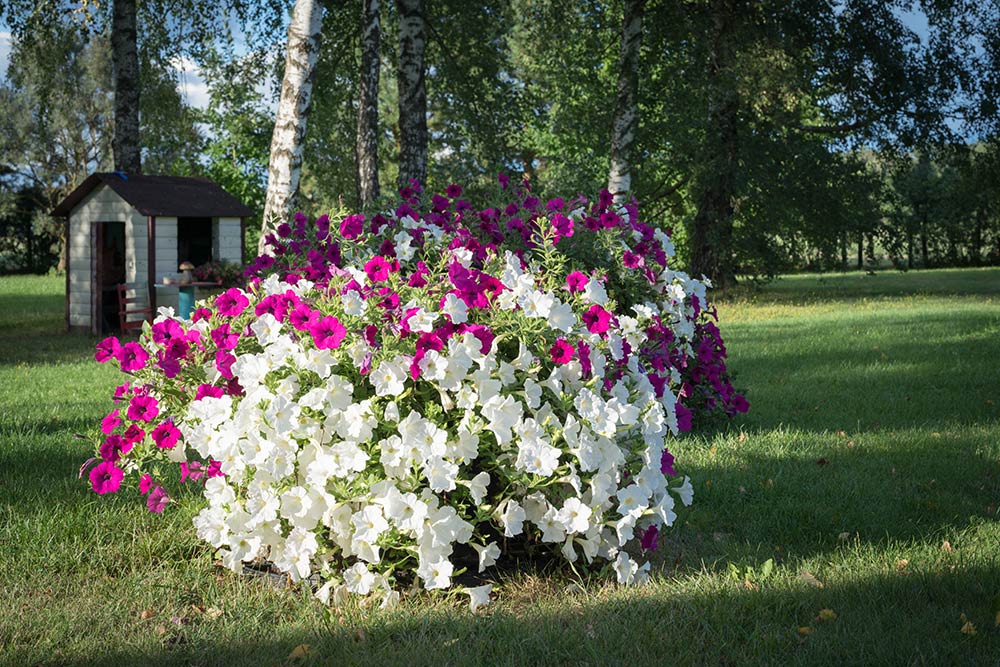
Throughout the Growing Season
To keep your petunias blooming all summer, it is essential to maintain fertilization throughout the growing season. Apply a liquid, water-soluble fertilizer every two weeks, following the recommended dosage on the package. A standard ratio for liquid fertilizers is 20-20-20.
Here are some tips for fertilizing during the growing season:
- Water your petunias thoroughly before applying fertilizer, as this will help prevent root burn
- Dilute the fertilizer to half strength if your petunias are in containers, as this ensures an optimal nutrient balance for potted plants
- Regularly remove dead blooms and trim leggy stems to encourage new growth
Following these guidelines will help your petunias thrive and create a stunning, long-lasting display of blooms throughout the summer season.
Selecting the Right Fertilizer
When it comes to fertilizing petunias, choosing the right type of fertilizer is crucial to helping your plants bloom all summer long. The two main types of fertilizers to consider are slow-release granular fertilizers and water-soluble fertilizers. Each type has its benefits and can promote long-lasting blooms when used correctly.
Slow-Release Granular Fertilizers
Slow-release granular fertilizers are perfect for those who want a low-maintenance method to feed their petunias. These fertilizers gradually release nutrients over time, typically lasting 8-12 weeks. To use, simply mix the granules into the soil around your petunias at planting time, following the package instructions for the appropriate amount.
- Benefits:
- Extended feeding period, requiring less frequent applications.
- Less risk of over-fertilization and nutrient burn.
- Ideal for container-grown petunias.
Water-Soluble Fertilizers
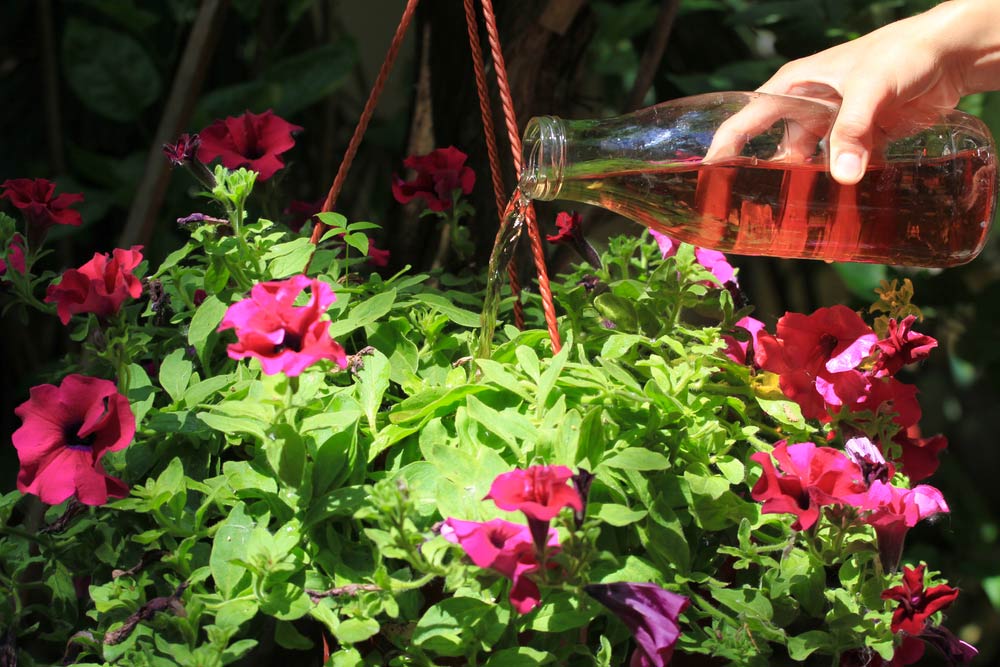
Water-soluble fertilizers, on the other hand, are dissolved in water and applied as a liquid. This type provides a fast-acting source of nutrients that can be easily absorbed by petunias. It’s best to apply water-soluble fertilizers every two weeks throughout the growing season.
- Benefits:
- Quick absorption of nutrients, leading to faster results.
- Easier to adjust nutrient levels according to plant needs.
- Suitable for both in-ground and container-grown petunias.
Regardless of which type of fertilizer is chosen, it is important to carefully follow package directions and monitor your petunias for signs of over- or under-fertilization. With the right product and proper application, your petunias will reward you with beautiful, continuous blooms all summer long.
How to Apply Fertilizer
Fertilizing at Planting Time
When planting petunias, it’s essential to give them a good start with an initial dose of fertilizer. Use a balanced granular fertilizer, such as a 10-10-10 or 14-14-14 formulation, by mixing it into the soil at the bottom of the planting hole. This provides nutrients to the roots of the petunias as they establish themselves.
After planting your petunias, water them thoroughly. This will help ensure that the fertilizer is evenly distributed throughout the soil and reaches the root system.
Fertilizing During the Growing Season
To help petunias bloom all summer, it’s important to fertilize them regularly as they grow. There are several options for fertilizing petunias during this time:
- Liquid fertilizers – These can be used every 2-3 weeks, diluted according to the manufacturer’s instructions. Apply the liquid fertilizer to the soil around the plant’s base, taking care not to get any on leaves or flowers.
- Slow-release granules – These can be mixed into the soil upon planting or applied to the soil surface every 6-8 weeks. Granules are designed to release nutrients slowly over time, providing a constant feed for your petunias.
- Foliar feeding – This involves spraying a liquid fertilizer solution directly onto the leaves of your petunias, allowing them to absorb nutrients through their foliage. This method can be used every 2-3 weeks.
Additionally, ensure your petunias receive adequate water and regular deadheading of spent blooms. This will promote continuous blooming throughout the season.





